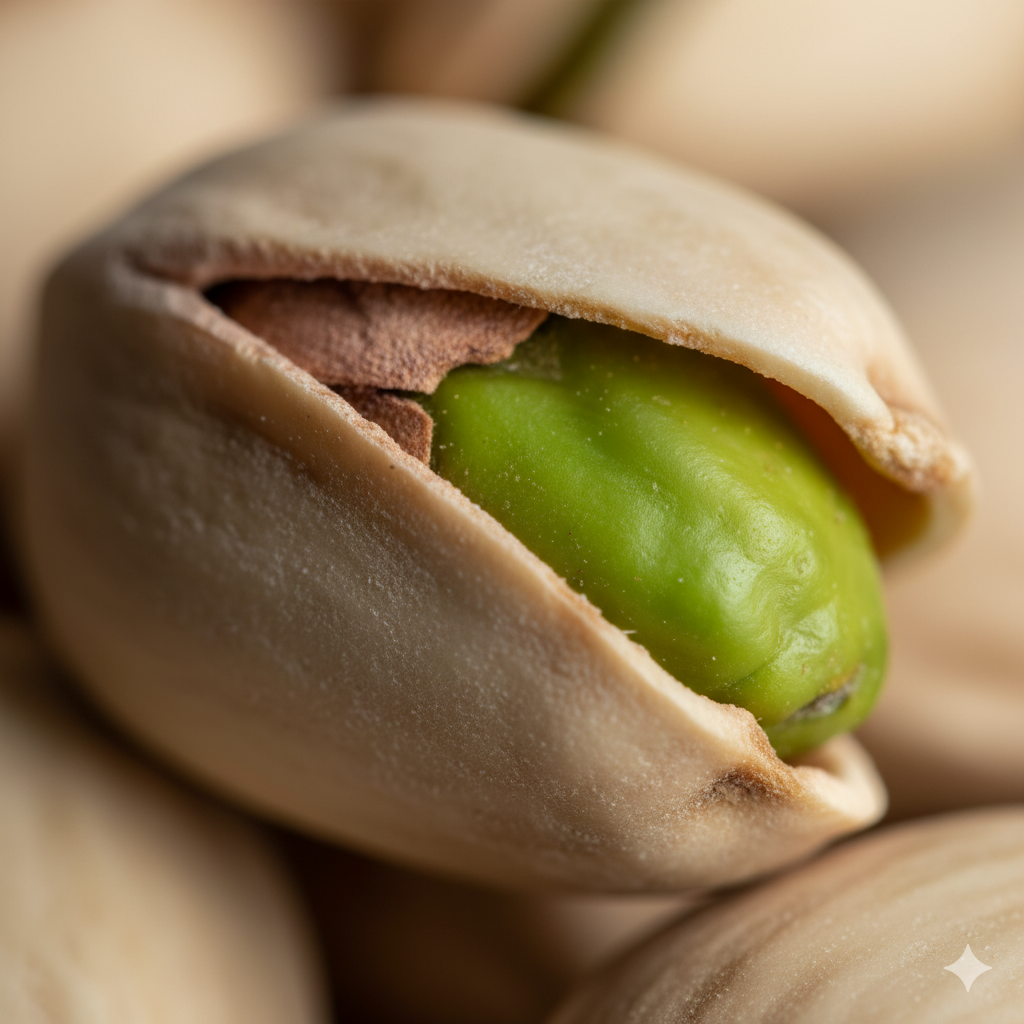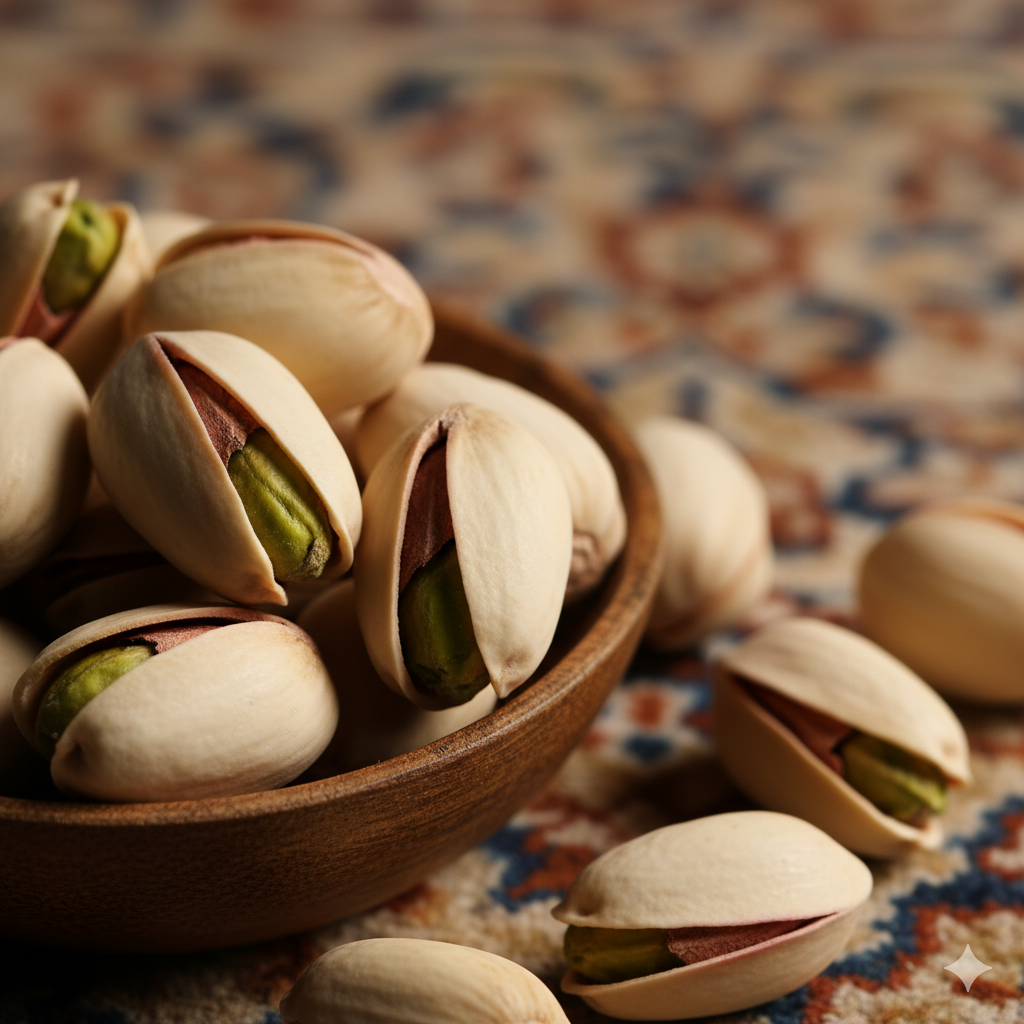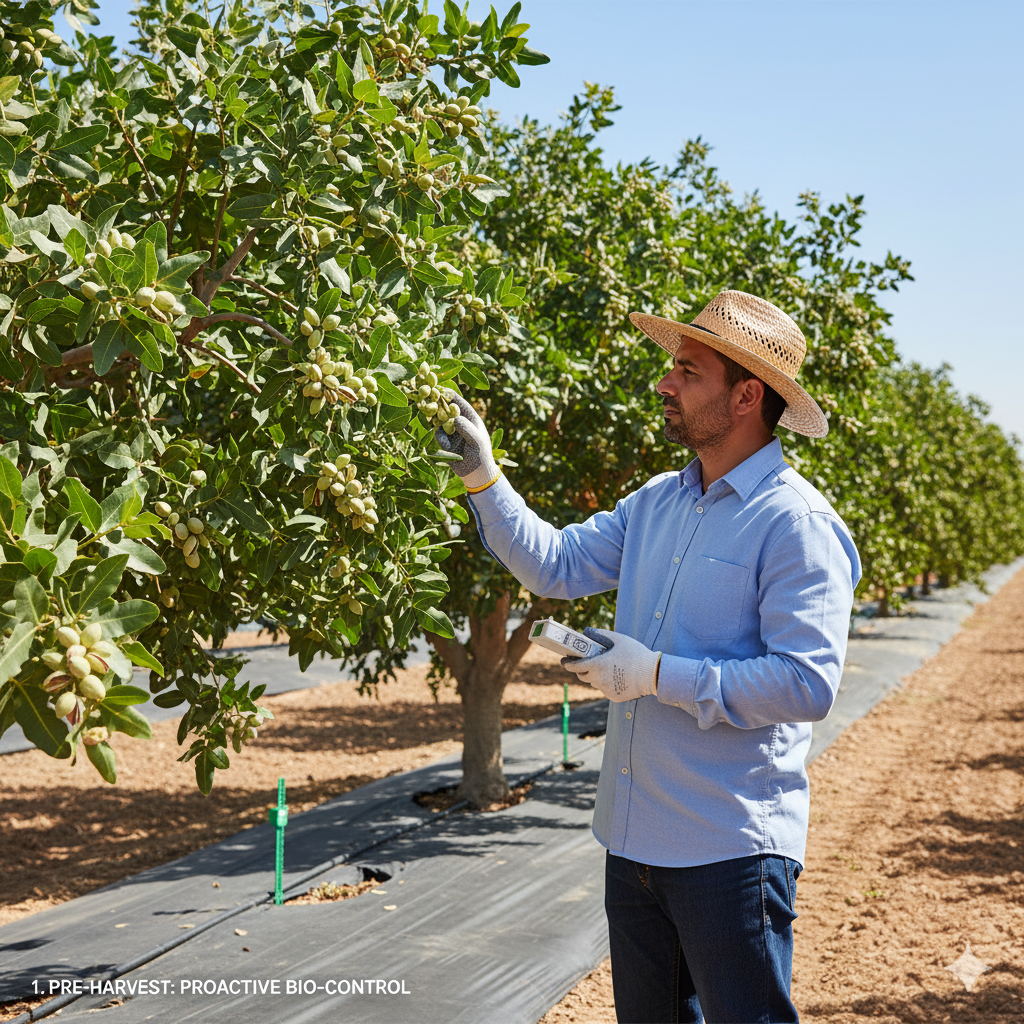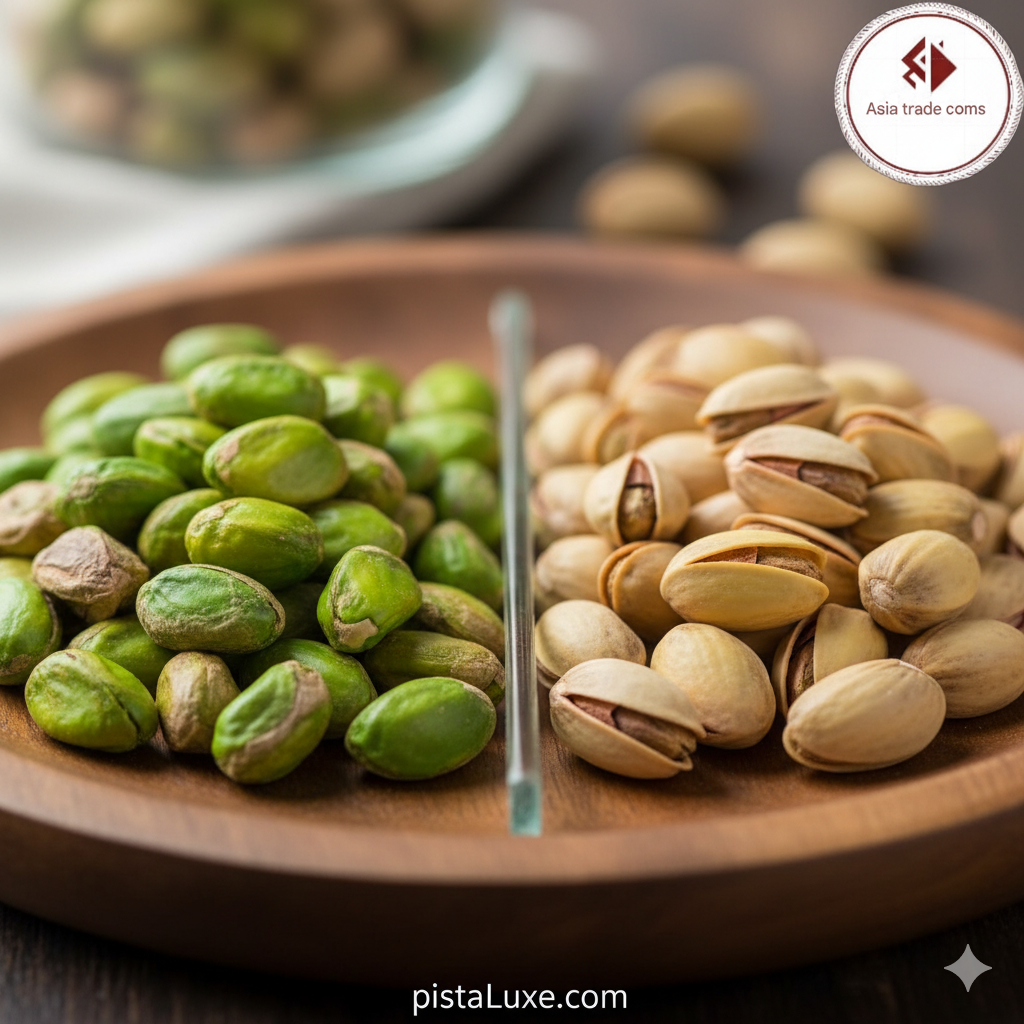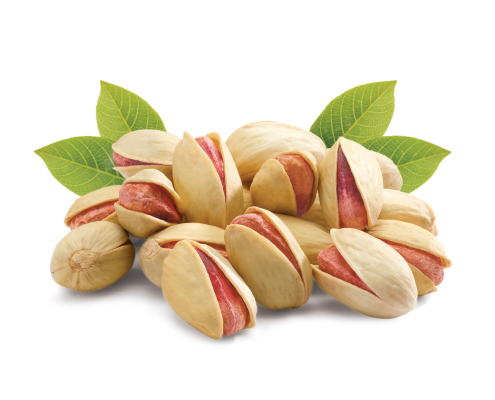
Title: Pistachio: Fueling Expanding Civilizations—From Energy Supply to Commercial Power
A seemingly small nut, how could it influence the geopolitics and ancient economies of bygone eras? The answer lies in the unique capabilities of the pistachio. This article focuses on how this nutritious product served as a “strategic fuel” for empires that needed to supply distant forces and create sustainable revenue streams.
The pistachio (Pistacia vera) is far more than a modern snack food; it is a historical anchor, a testament to the power of sustainable agriculture in shaping the trajectory of human civilization. Its cultivation, particularly in the arid and semi-arid regions of the Near East, provided a consistent, calorie-dense resource that proved invaluable for large-scale political and military undertakings that characterized the ancient world.
1. A Strategic Commodity on the Silk Road
The Silk Road, a vast network of trade routes connecting the East and West, was inherently dependent on reliable provisioning systems. Armies marching hundreds or thousands of miles, and vast caravans laden with luxury goods, required provisions that were both lightweight and resistant to spoilage. The pistachio uniquely fit this demanding logistical profile.
1.1. Energy Density for Sustained Effort
The fundamental strategic value of the pistachio stems from its exceptional nutritional composition. A typical serving of pistachios offers a potent mix of macronutrients crucial for sustained physical output:
- Fats: Pistachios contain a high percentage of monounsaturated and polyunsaturated fats. These fats provide a dense source of calories ($\approx 560 \text{ kcal per } 100 \text{g}$), offering slow-burning, long-lasting energy required by soldiers and porters engaged in prolonged marching or labor.
- Protein: The substantial protein content aids in muscle maintenance and repair, critical for maintaining troop readiness over extended periods away from established supply bases.
- Vitamins and Minerals: Richness in B vitamins and potassium supported nerve function and electrolyte balance, mitigating fatigue associated with strenuous activity and fluctuating environmental conditions encountered on major trade arteries.
This high-density profile meant that smaller volumes of pistachios could sustain a soldier for a longer duration compared to grains, which require more significant bulk for equivalent caloric intake and often demand immediate access to water for processing (e.g., milling into bread).
1.2. Logistical Superiority: Long-Term Storage
Perhaps the single most critical logistical advantage of the pistachio was its ability to be stored long-term under harsh conditions. Unlike fresh fruits, vegetables, or even many grains which are susceptible to mold, pests, or humidity, the pistachio, when properly dried and shelled (or even in the shell), possesses remarkable stability.
This inherent durability allowed for:
- Forward Deployment: Empires could pre-position caches of pistachios in garrisons or forts along vulnerable frontiers, knowing that these supplies would remain viable for years, drastically reducing the frequency and vulnerability of long-distance resupply missions.
- Standardized Rations: The consistent quality and energy profile simplified the standardization of military rations. If a general knew that each soldier carried a week’s worth of pistachios, they could better predict marching range and engagement windows.
Research consistently points to Iranians (Persians) as pioneers in the sophisticated cultivation and utilization of this nut. Their advancements in irrigation techniques (like the qanat system) ensured stable yields, transforming the pistachio from a wild harvest into a managed, predictable resource base. This mastery over cultivation strengthened the infrastructure of pistachio trade, creating stable economic corridors that linked the Persian heartland with nascent markets in the West and East, thereby expanding the cultural and economic influence of the originating civilizations.
2. Economic Importance and the Formation of National Wealth
The transition from subsistence farming to surplus agriculture is the bedrock upon which complex governmental structures—empires—are built. The pistachio, as a reliable cash crop, played a fundamental role in this accumulation process.
2.1. Agricultural Surplus as Capital Foundation
The cultivation of perennial, high-value crops like the pistachio generates substantial, recurring agricultural wealth. Unlike annual crops, successful pistachio orchards represent a long-term capital investment whose value increases over time as the trees mature.
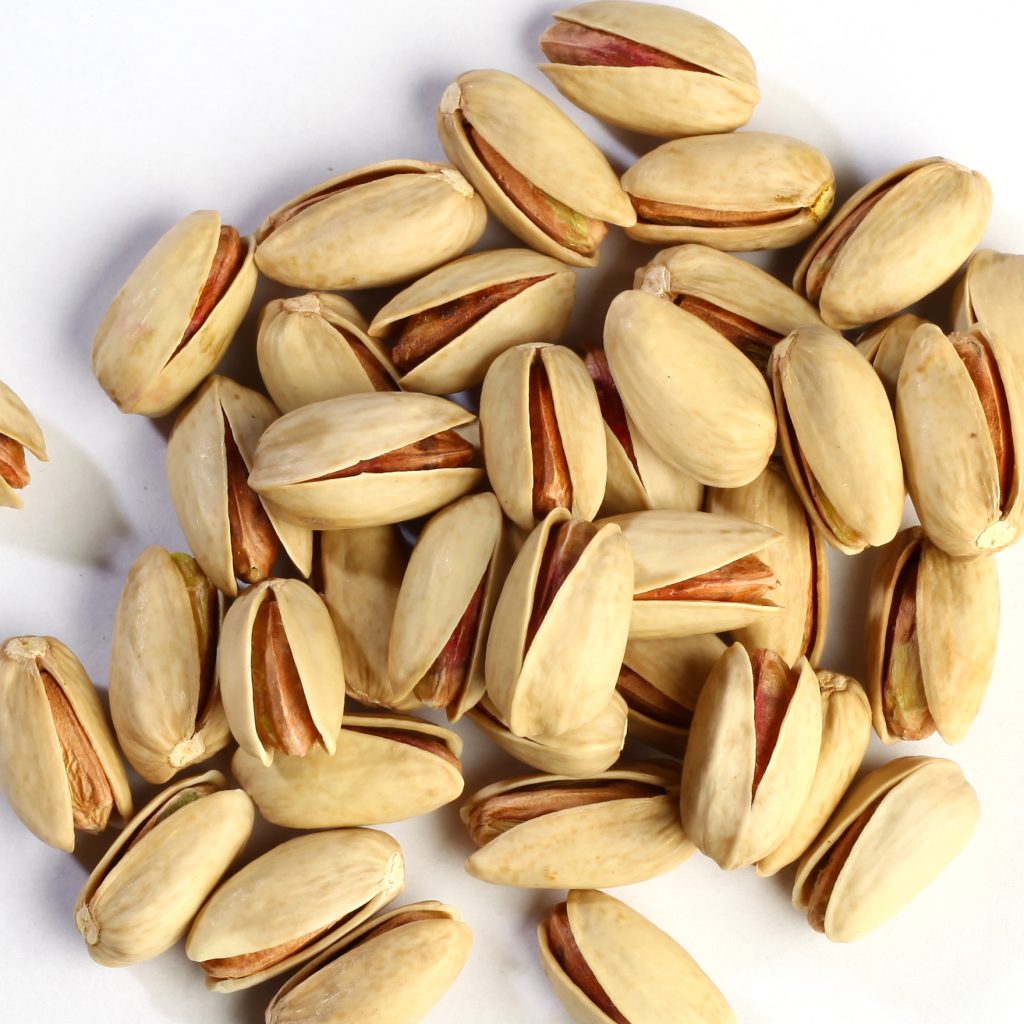
This amassed wealth (agricultural wealth) among rulers and elites provided the necessary financial engine for the expansion and maintenance of sophisticated state apparatuses:
- Financing Standing Armies: Large, professional armies require constant payment, equipment, and logistical support. The stable revenue generated from taxing or directly controlling the pistachio harvest provided a reliable, non-inflationary source of state income that could fund military expansion far beyond the immediate subsistence needs of the population.
- Grand Constructions: This accumulated capital was channeled into the infrastructure projects that defined ancient grandeur: monumental temples, defensive walls, advanced water management systems, and royal palaces. For instance, the funding for the sophisticated road networks needed for efficient military movement and trade was often underwritten by successful agricultural exports.
- Patronage of Arts and Learning: Surplus wealth allowed elites to dedicate resources to non-essential but culturally vital activities, such as supporting philosophers, artisans, and architects. These pursuits—art, architecture, and codified law—are the defining characteristics of an advanced civilization.
It can thus be argued persuasively that the pistachio tree directly contributed to financing the necessary infrastructure projects for great empires, serving as an early form of strategic sovereign wealth derived from natural resources. The stability of the crop allowed for long-term fiscal planning, a rarity in the volatile ancient world.
3. Transfer of Agricultural Knowledge and Pistachio Diplomacy
The movement of agricultural commodities was invariably linked to the movement of agronomic expertise. The influence of Persian horticultural knowledge, particularly concerning water-efficient crops like the pistachio, extended far beyond simple trade transactions.
3.1. Soft Power Through Horticulture
As mentioned in historical accounts, the knowledge and successful cultivation techniques moved westward, famously reaching the Romans, who admired and subsequently adopted the practice. This transfer of agricultural expertise represented far more than just a sharing of techniques; it was a subtle but powerful diplomatic and cultural tool.
- Demonstration of Superiority: A civilization that could master arid-land agriculture—producing high-value foodstuffs reliably where others struggled—demonstrated a superior understanding of environmental management. This practical success constituted a form of Soft Power.
- Adoption as Alignment: When neighboring or conquered territories adopted a dominant culture’s primary crops and farming methods, it signaled a degree of assimilation and alignment with the source civilization’s economic and technological sphere of influence.
The pistachio, due to its resilience and high return on investment, became a potent symbol of Iranian capability in managing challenging environments. Its introduction into new territories acted as a slow-acting tool for cultural influence, embedding the originating civilization’s agricultural legacy within the successor states. This process solidified trade relationships, as the demand for the original high-quality stock or associated knowledge often persisted.
Conclusion
The pistachio is not merely an agricultural product; it is a connecting element that links the history of agriculture, trade, and culture across millennia. From the necessity of fueling legions crossing deserts to forming the stable tax base for dynastic wealth, this seemingly humble nut played a complex and decisive role in the rise and maintenance of major ancient powers.
Studying the impact of pistachios on the economy of civilizations offers new insights into the importance of strategic crops in human history. It reveals that sometimes, the foundation of imperial might lies not in iron or gold, but in the sustained energy provided by a highly adapted, storable, and transportable food source. The pistachio was, in essence, a critical component of ancient global logistics, fueling the very expansion it helped to finance.
To order or get advice on pistachio and dried fruit varieties, contact our team via our official WhatsApp. Our support team is ready to answer your questions and can help you choose the right pistachio and dried fruit. WhatsApp number 009890214773705


